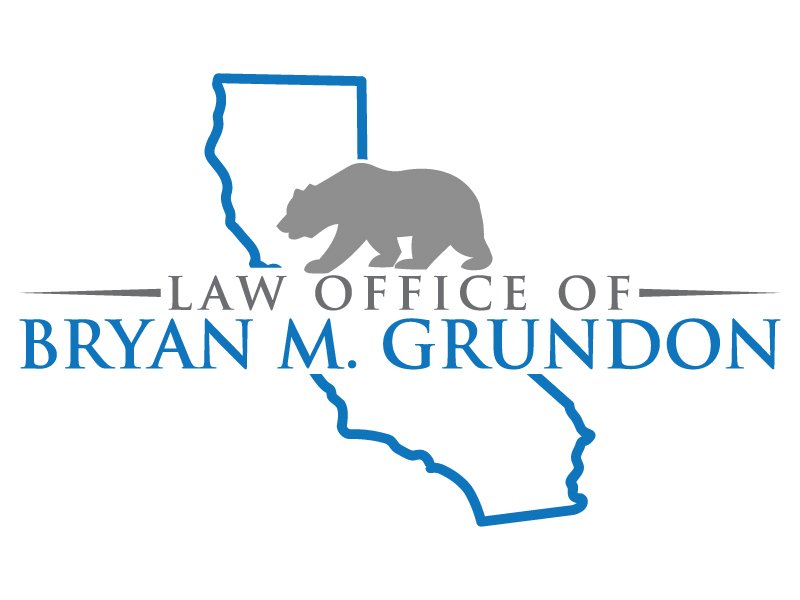Are you living in California but your family law support order was issued in another state? You might be wondering how to enforce that order in your current location. Many people don't know that the process for registering a family law order is different from the process for getting a civil judgment registered in California. You can find our guide to register an out of state civil order HERE . Most of the time clients approach me for help registering their family law judgment after unsuccessfully attempting to get their family law judgment registered using civil forms. Here's a step-by-step guide to registering an out-of-state family law support order in California:
What needs to be filed with the court:
You need to obtain a Certified copy of the out-of-state order from the issuing court in the other state. You will need to make a written request for registration to the court. Typically, the registering party files a declaration on pleading paper with the certified copy of the order as an exhibit. You will need to include the judicial council form: Registration of Out-of-State Custody Order (Form FL-580): You can find this form HERE . You will need to identify any arrears that are due on this form. Once you have there you submit them to the court for filing.
What happens after you have submitted the order:
These out of state support orders are not particularly common. I have found that court clerks sometimes struggle to get these issued in a timely manner because they are unfamiliar with them and the process to register them. You might need to follow up with the clerk’s office until the court registers your order. Once the court has registered your order it must be served on the other party in the same manner as you would serve a summons. The other parent has 20 days to object to the registration of the order. If they do not object in that time frame the order becomes enforceable.





